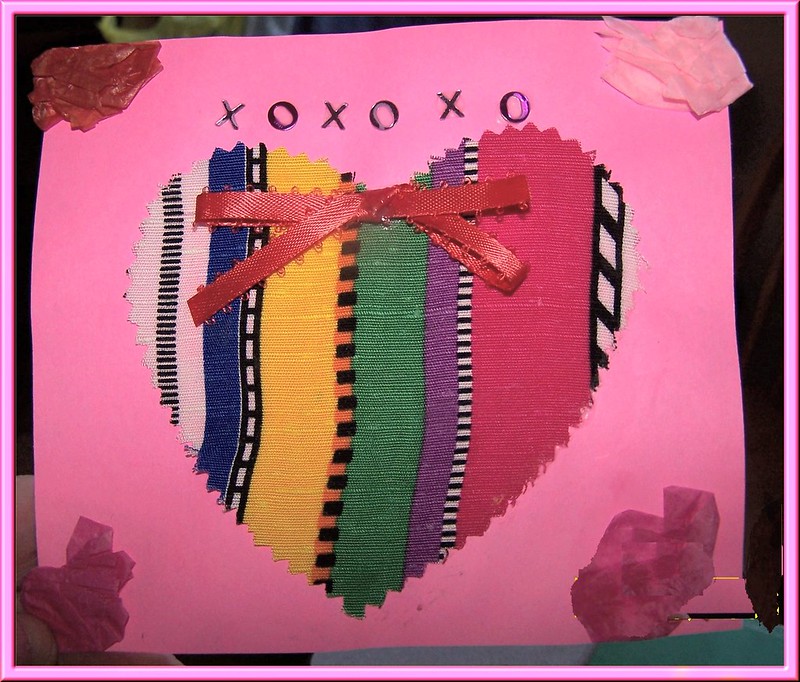DIY, as you probably know, means Do It Yourself. This could be something as simple as making a card for someone on their birthday to something as eleborate as building an entire home. Back during the 1960's and 1970's, the different facets of counterculture had philosophies of making what you needed for yourself whenever you could. Before that, the Arts and Crafts movement, starting in the 1880's and going on for several decades after, argued for the handmade and individual creation over factory manufactured goods. Read craft books from these time frames and what you'll come across again and again are suggestions of how to do things with suggestions of what tools and equipment to use but also the assumption that if you don't have these things, then it was expected you'd improvise. In some cases, the instructions themselves were only guidelines and assumed you'd make connections as you worked along. I have a set of craft books from the 1970's. They have an array of projects one could do and one of the projects is how to build a boat. The instructions only take up a couple of pages. While this does have a downside, in that it sometimes assumes a knowledge you might not have (such as woodworking, metalworking, or the like), it's also incredibly liberating in that you get to learn and come up with solutions that fit what you have, both in terms of tools and materials but in terms of knowledge as well.
Current DIY, as I see it, is almost an antithesis of this. From what I've seen, it involves lots of kits, exact instructions, and encourages the purchase of endless pieces of equipment. Ask any artist what question they're tired of hearing and chances are it'll be, "What kind of pencil/pen/ink/etc do you use?" This belief that equipment is all that stands in a persons way is encouraged by the companies who make it, and often times make the instructions and books for the DIY projects, and it continues to grow. In the book Brave New World by Aldous Huxley, there is a department of coming up with new games for people to play. No new game will be approved unless it requires more equipment than any existing game. The point of this isn't so people can enjoy themselves in a game or a sport but so that people will have to buy more and more stuff. DIY is the same way to the point it's a running joke among crafters about their overflowing craft supplies.
I believe part of this is the urge to turn out professional quality material. There's several reasons to this, the first being that people don't like turning out poor quality material because it makes them feel inferior for a variety of reasons. Never mind that everyone must learn, no one wants to be seen doing so. We want it to seem effortless. The below image is a card made by a child. You would praise a child for making something, with the implicit understanding that they did their best and are still learning, but we would mock, perhaps not openly but still do so, an adult who did the same, even if we knew they had never done something like it before. Everyone must start somewhere though but as I said, everyone is afraid of anything they do looking like they're just starting.

Image courtesy of karen H. nickname.{ pooh} from Flickr through the Creative Commons License Attribution 2.0 Generic (CC BY 2.0)